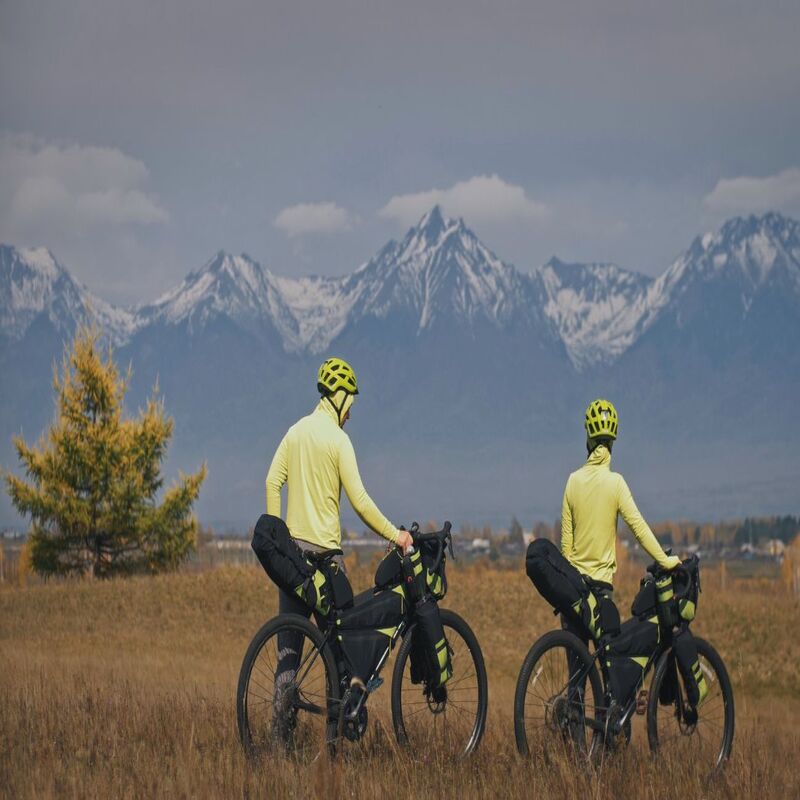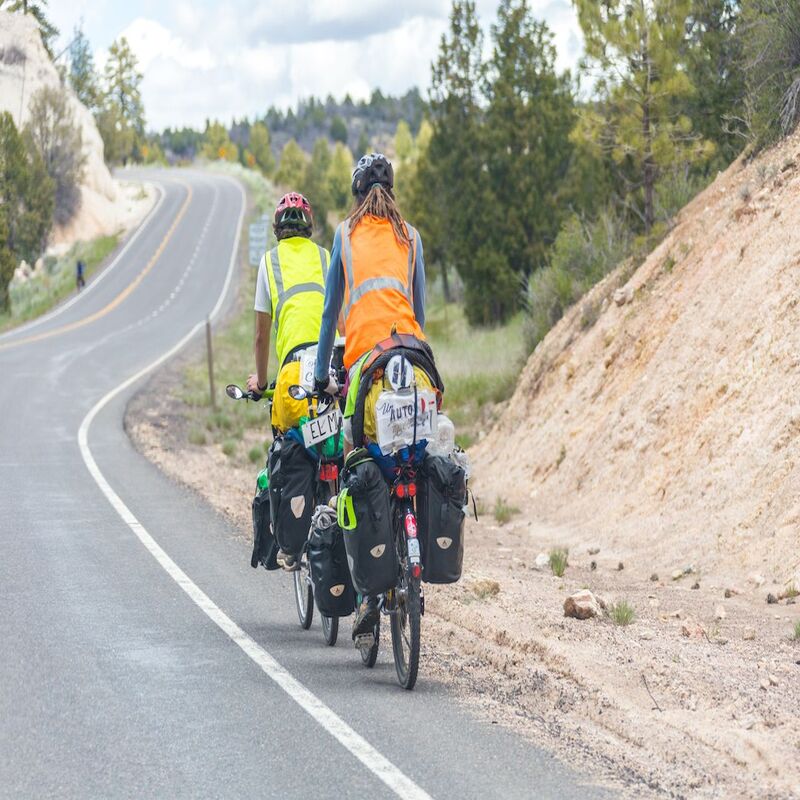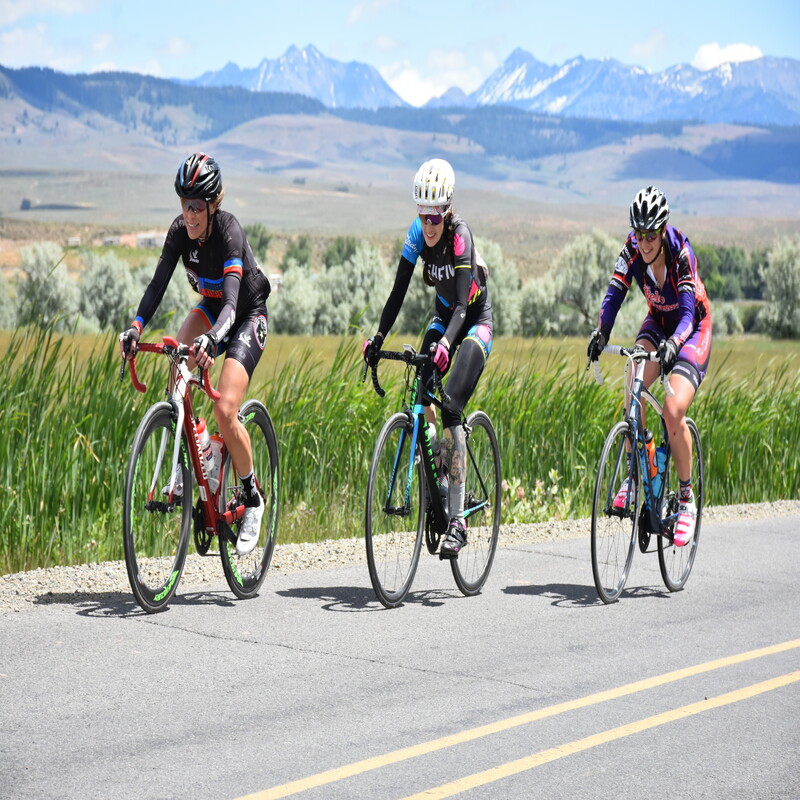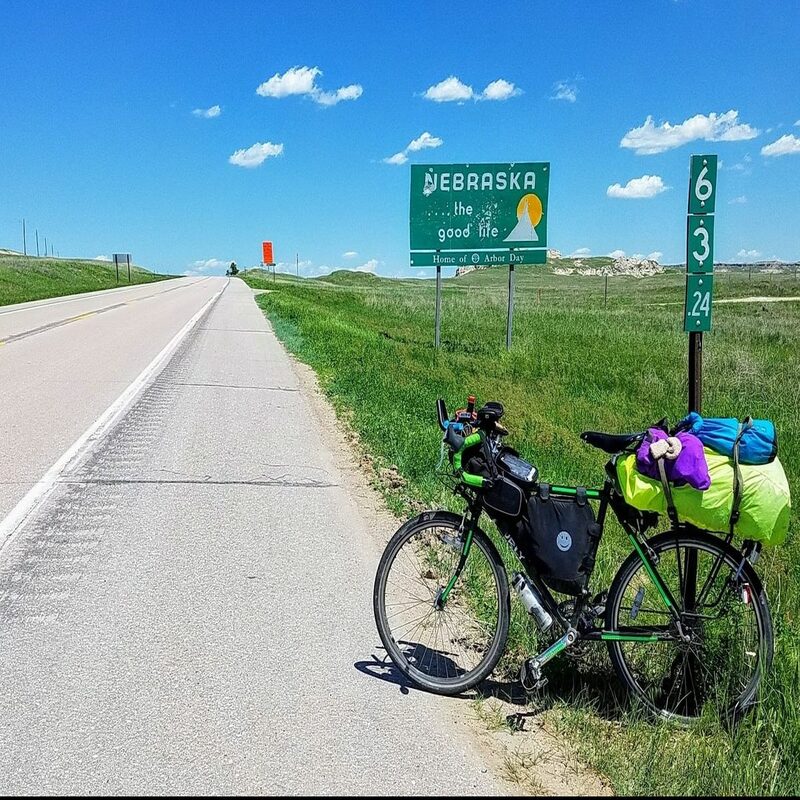Biking across the United States is a challenging yet rewarding experience. Many cyclists dream of taking such a journey, often picturing the scenic landscapes and the thrill of crossing state lines. This adventure varies greatly in duration, depending on several factors like route, fitness level, and available time. For some, it’s a bucket list item, while for others, it’s a rite of passage. Regardless of the motivation, understanding the time frame is essential for planning this epic journey.
Factors Influencing the Duration of a Cross-Country Bike Trip
Route Selection
One of the most significant factors in determining the length of time it takes to bike across the U.S. is the route chosen. Some routes are more direct than others. For instance, the Adventure Cycling Association offers several well-known routes, including the TransAmerica Trail. This particular route stretches approximately 4,200 miles from Oregon to Virginia. However, if one opts for a less traveled or more scenic route, that distance can increase significantly.
Moreover, cyclists can choose to ride on roads and highways, or they can opt for dedicated bike paths. Dedicated bike paths may be safer and more scenic, but they often add distance. Therefore, planning a route involves striking a balance between distance, safety, and scenery. Additionally, some cyclists prefer to go off the beaten path. This might require even more time, as new routes could involve detours and unplanned stops.
Fitness Level
Another factor impacting trip duration is the cyclist’s fitness level. An experienced cyclist can cover more miles each day than a beginner. For instance, an experienced cyclist may ride an average of 60 to 80 miles daily. In contrast, someone new to long-distance cycling might only manage 30 to 50 miles.
Adapting to the physical demands of such a long ride requires significant training. Cyclists should focus on building endurance through consistent rides before embarking on their journey. The stronger the base fitness, the more enjoyable and manageable the ride becomes. Moreover, a cyclist’s ability to recover between riding days also plays a crucial role. Experienced riders may need fewer rest days compared to novices.
Weather Conditions
Weather also significantly influences the duration of a biking trip across the U.S. Depending on the time of year, conditions can vary widely. Many cyclists choose to ride in late spring or early fall to ensure milder temperatures. Riding in extreme heat or cold can slow progress dramatically. For instance, scorching summer days can leave cyclists exhausted and looking for shade often.
Moreover, unexpected weather events can impact travel plans. Rainstorms could pose dangers and lead to longer travel times. Strong headwinds can also impede progress and require additional energy. Therefore, cyclists must be adaptable and plan for variability in weather conditions. Keeping an eye on the weather forecast is essential for safety and comfort.

Time Estimates for a Cross-Country Bike Tour
Average Time Frame
Riding across the United States can take anywhere from a few weeks to several months. Most cyclists complete the journey in about 6 to 8 weeks. This timeframe allows for reasonable daily mileage and adequate rest. On average, covering 60 miles a day would yield about 4,200 miles in that time.
However, ambitious cyclists aiming for a record time may complete the trip in shorter durations. Some ultra-endurance cyclists have completed it in just over two weeks. Nevertheless, this requires exceptional fitness and dedication. Most casual riders, though, would find this pace too exhausting.
Additional Factors Affecting Time
While the average timeframe is 6 to 8 weeks, individual experiences can vary. Factors like sightseeing, rest days, and mechanical issues can all add time. Cyclists often stop to enjoy local attractions, natural wonders, or historical sites. Taking time for these activities enriches the journey.
Rest days are also crucial for recovery. Cyclists may want to spend an entire day relaxing, exploring a town, or resting after several days of riding. If mechanical problems arise, unplanned time may be required for repairs. Each of these elements can extend the overall journey. Thus, planning should include possible delays and breaks.

The Possible Routes and Their Challenges
Northern Tier Route
The Northern Tier route can be a fantastic option for scenic beauty. Stretching from Anacortes, Washington, to Bar Harbor, Maine, this path showcases the diverse landscape of the U.S. Cyclists will encounter everything from beautiful coastlines to lush forests. Along the way, communities and parks provide opportunities for rest and exploration. However, regardless of its beauty, this route presents challenges. Mountainous terrain can pose difficulties for cyclists, especially when faced with steep climbs. Furthermore, weather conditions can change unexpectedly, requiring riders to adjust their plans.
Cyclists should prepare for substantial hills, particularly in areas such as the Rocky Mountains. Carrying adequate gear for climate variability is essential. Additionally, services can be sparse in specific regions, which makes proper planning necessary. Having backup gear or a plan can significantly minimize delays. Potential roadblocks, like construction or detours, may also impact travel time. Therefore, checking for updates regarding road conditions before heading out can save valuable time and stress. Thus, while the Northern Tier offers breathtaking views, it requires thorough preparation and adaptability.
Southern Tier Route
The Southern Tier is another popular option. Spanning from San Diego, California, to St. Augustine, Florida, this route features vast deserts, mountains, and coastal regions. One main advantage of this route is its diverse climate, allowing for comfortable riding conditions for more months. Additionally, it tends to have fewer hills, making it suitable for less experienced cyclists. However, the Southern Tier also has its challenges, particularly regarding water availability. Many stretches of this route feature long distances between towns, especially in desert areas.
Planning ahead is crucial for hydration. Carrying additional water supplies can prevent unforeseen difficulties. Moreover, the landscape may present its own unique set of challenges. Heat can become a significant factor, particularly during the summer months. Cyclists must consider starting rides earlier in the morning to avoid the intense heat. Additionally, the Southern Tier passes through various rural areas, which means cyclists should be aware of their surroundings. Identifying good stopping points along the way is essential to a smoother journey. Thus, preparing for these factors will enhance the experience.

Preparing for a Cross-Country Bicycle Journey
Gear and Equipment
Proper preparation is essential for a successful cross-country bike ride. First and foremost, choosing the right bike is crucial. Many cyclists opt for touring bikes, which are specifically designed for long-distance travel. Features like sturdy frames and multiple gears can enhance comfort and efficiency.
In addition, equipping the bike with essential accessories is vital. Items such as portable repair kits, bike bags, and water bottles can significantly improve the experience. Cyclists should also invest in high-quality clothing suited for various weather conditions. Selecting breathable and moisture-wicking fabrics can aid comfort during long rides.
Planning the Itinerary
Creating a detailed itinerary can help manage time effectively. The itinerary should include daily riding distances and expected stops. It’s also wise to identify rest areas and campgrounds along the route. This planning helps in budgeting time and maintaining a steady pace.
Moreover, considering meal planning is essential. Proper nutrition fuels performance, making meal options a top priority. Cyclists may want to bring portable snacks like energy bars, nuts, and dried fruit. Planning breakfast and dinner spots can enhance the journey’s enjoyment. Flexibility in the itinerary allows for spontaneous discoveries, which are often the most memorable parts of the trip.

The Joys and Challenges of Long-Distance Cycling
Scenic Views and New Experiences
One of the most significant rewards of biking across the U.S. is the opportunity to immerse oneself in diverse landscapes. From the rugged mountains to coastal roads, the views can be breathtaking. Cyclists often pass through vibrant cities, quaint towns, and serene countryside.
Every mile offers a unique perspective and a chance to connect with nature. Experiencing the changing scenery keeps the journey fresh and exciting. Additionally, meeting fellow travelers along the way enhances the adventure. Conversations with locals can offer insights into hidden gems and worthwhile detours.
Physical and Mental Challenges
However, biking across the U.S. also presents its share of challenges. Physical fatigue, discomfort, and uncertainty can arise. Long days in the saddle can lead to soreness in various areas, particularly if the cyclist is inadequately trained.
Mental challenges can be just as daunting. Battling self-doubt, boredom, or feeling overwhelmed can impact motivation. However, pushing through these obstacles often leads to personal growth. Many cyclists find a renewed sense of purpose and achievement after overcoming difficulties.

Conclusion: Making the Most of Your Journey
In conclusion, biking across the United States is a multi-faceted experience that requires careful consideration and preparation. The duration varies significantly based on factors such as route choice, fitness level, and weather conditions. Planning ahead is the key to managing time effectively while enjoying the journey.
Moreover, the rewards far outweigh the challenges. The opportunity to explore new places, meet new people, and push one’s physical limits makes the experience unforgettable. Ultimately, this adventure allows cyclists to create lasting memories while discovering the beauty of the diverse landscapes that make up the United States. Whether one aims to complete the trip in a record time or savor every moment, the journey will undoubtedly be life-changing.



